What is CR ?What are the Differences Between CR80 & CR100?
CR typically refers to “Card Size,” with CR80 and CR100 being two common standards for card dimensions. Here’s an explanation of these standards and their differences:
What is CR?
CR stands for Card Size, specifically denoting “Credit Card Size.” This standard is used for various types of cards, including IDs, membership cards, student cards, and credit cards. The CR size standard ensures that these cards are compatible with various card readers and are easy to carry and store.
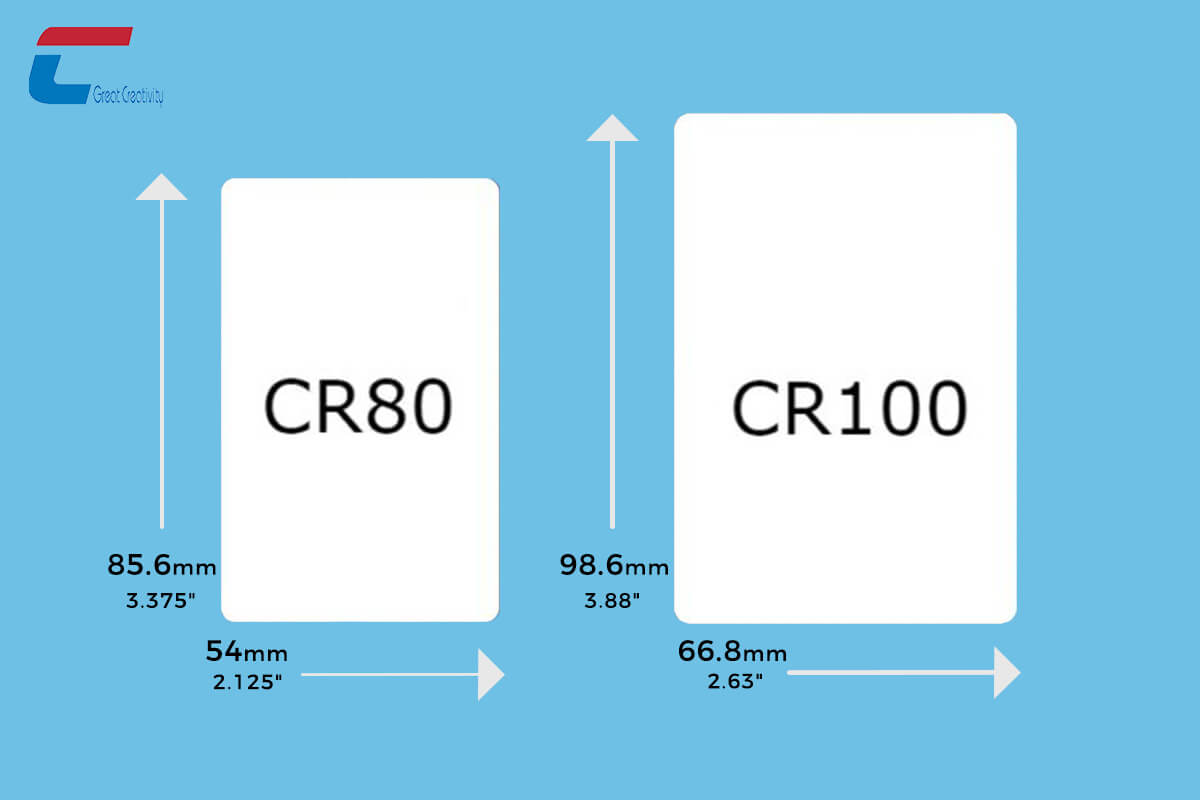
Differences Between CR80 and CR100
CR80:
- CR80 is the most common standard for card size, also known as the “Standard Credit Card Size.”
- Its dimensions are 85.60 millimeters (width) × 53.98 millimeters (height) or 3.370 inches (width) × 2.125 inches (height).
- Most credit cards, IDs, membership cards, and other common cards adhere to the CR80 size.
CR100:
- CR100 is a larger card size typically used for special applications and customized needs.
- Its dimensions are 101.60 millimeters (width) × 76.20 millimeters (height) or 4.000 inches (width) × 3.000 inches (height).
- Cards of CR100 size are larger compared to those of CR80 size, allowing for more information or larger graphics.
Conclusion
CR80 and CR100 are both standards for card size, with the main difference lying in their dimensions. CR80 is the common standard for credit card size, while CR100 is larger and suitable for special applications requiring more information or larger graphics. The choice between the two sizes depends on the specific purpose and design requirements of the card.

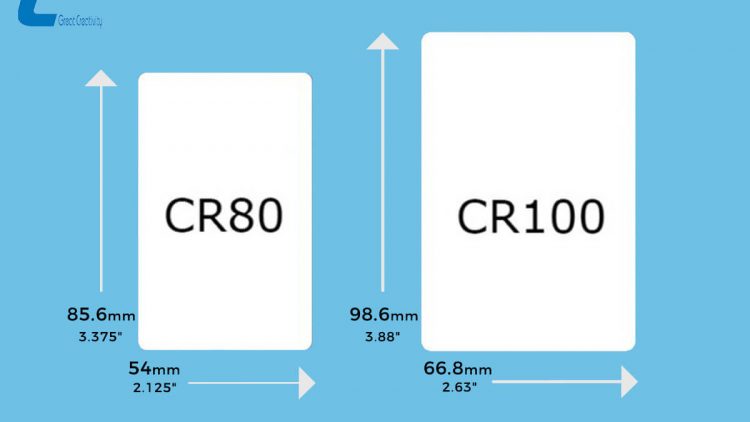
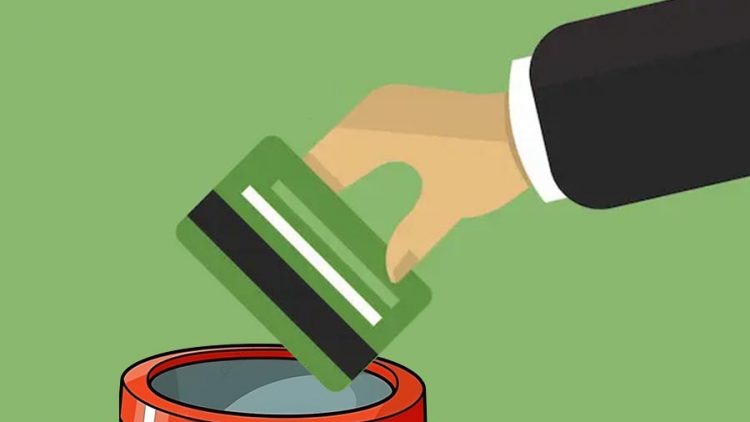


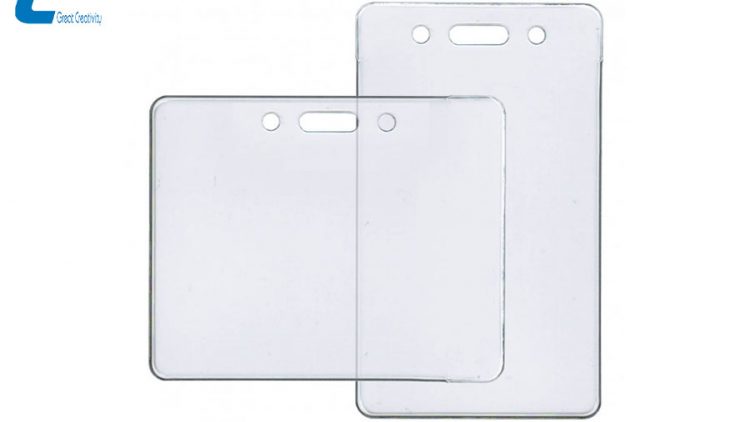
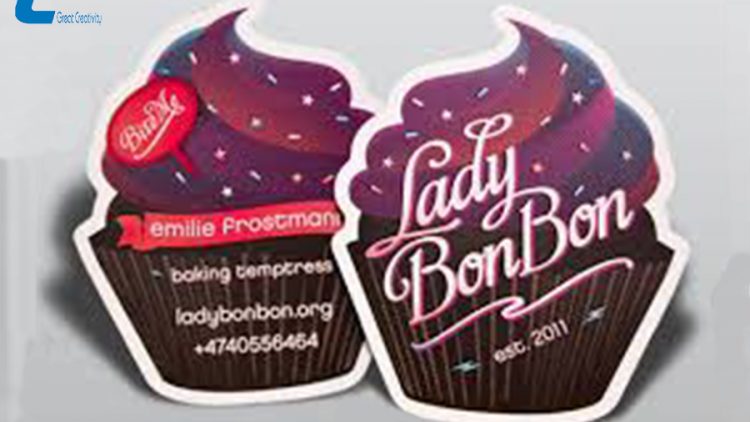
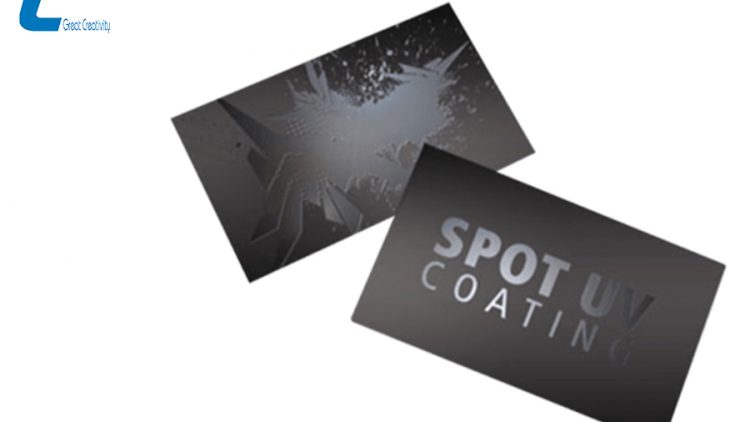
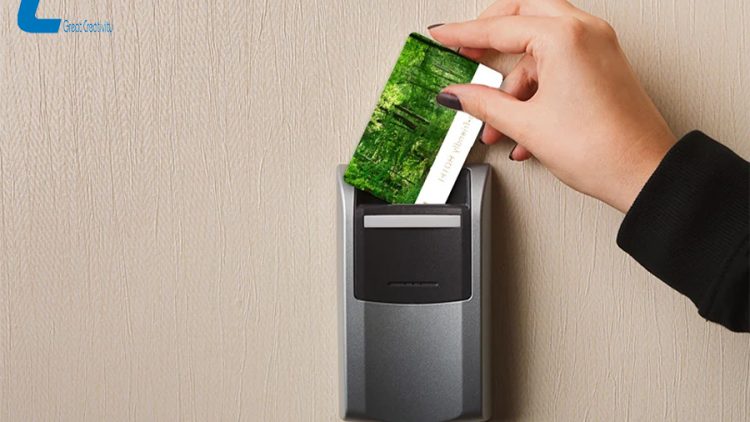
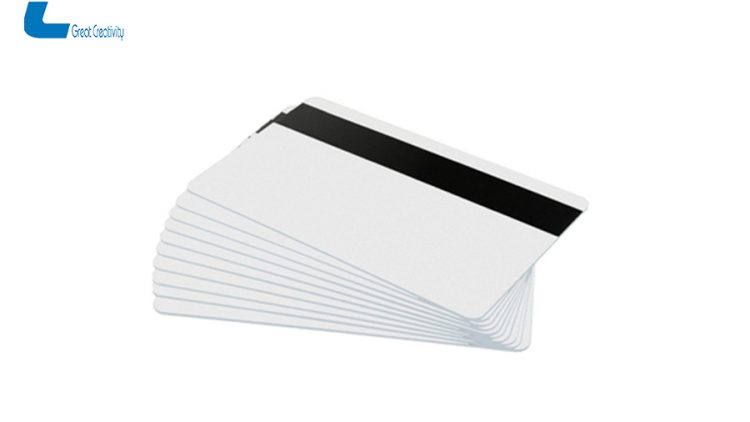
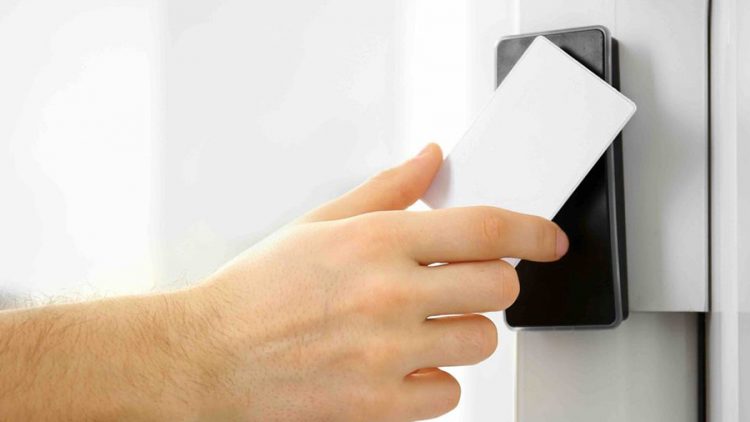
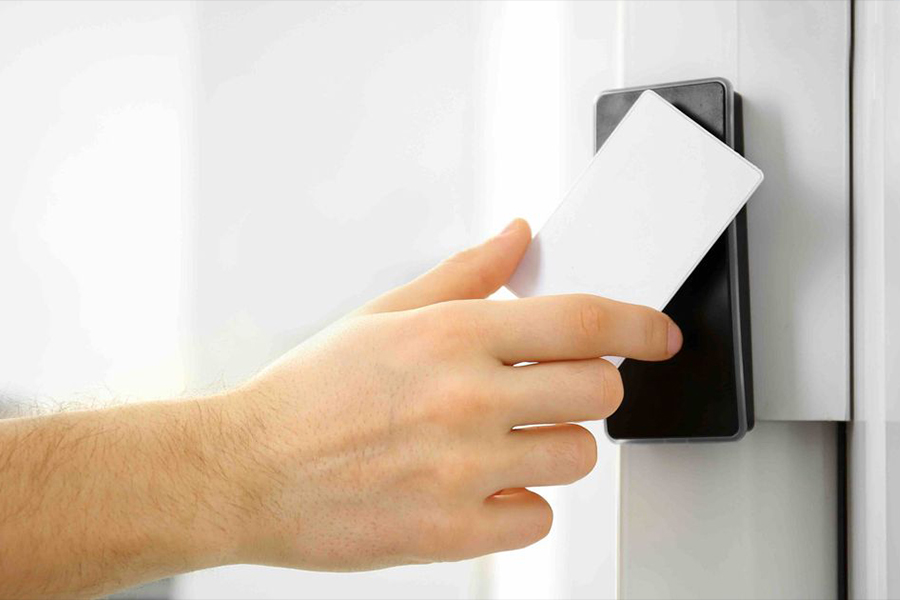
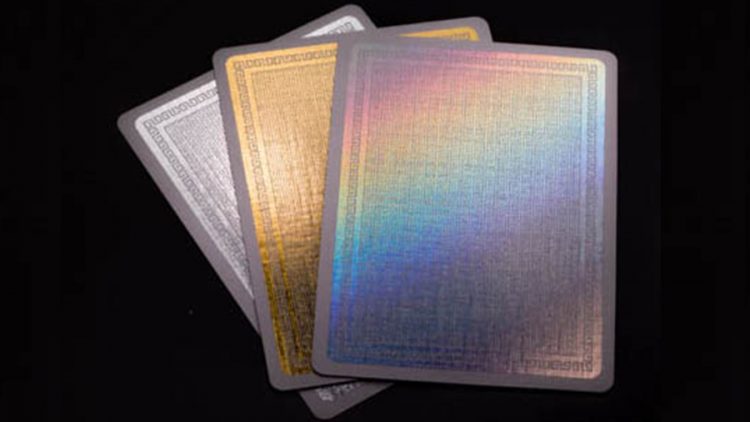
 Shelley
Shelley Nielsen
Nielsen